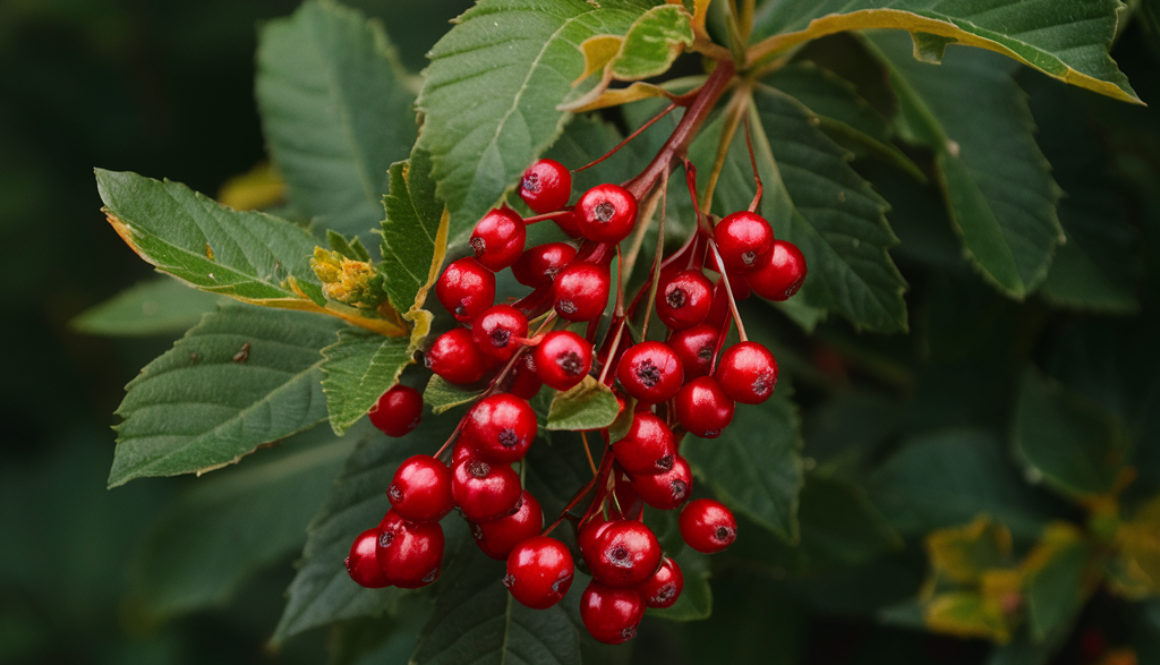Blood berry
Blood berry, scientifically known as Rivina humilis, is a small, perennial shrub native to the tropical and subtropical regions of the Americas. Also referred to as pigeonberry or rougeplant, this plant is recognized for its bright red berries and lush green foliage. It is commonly grown as an ornamental plant due to its attractive appearance.
Part Used: The primary parts of the blood berry plant used are its berries, leaves, and roots. The berries, while not commonly consumed due to their mild toxicity, have been traditionally used for various purposes. The leaves and roots are also utilized in traditional remedies.
Usage: In traditional medicine, the leaves and roots of the blood berry plant have been used to treat various ailments. The leaves are known for their anti-inflammatory and analgesic properties and are used in poultices to relieve pain and inflammation. The roots have been used as a mild laxative and to treat respiratory issues. The bright red berries, although not edible in large quantities due to their mild toxicity, have been used as a natural dye for textiles and cosmetics. Despite their limited medicinal use, the plant is more widely appreciated for its ornamental value in gardens and landscapes.
Agrotechniques: Cultivating blood berry is relatively straightforward. The plant thrives in warm, tropical climates and prefers well-drained soil. It can grow in a variety of soil types, including sandy, loamy, and clay soils. Blood berry can be propagated from seeds or cuttings. When planting from seeds, it is recommended to soak them in water overnight to enhance germination. The plant prefers partial to full sunlight and requires regular watering, although it is drought-tolerant once established. Pruning helps maintain its shape and encourages denser growth. Blood berry is generally pest-resistant and low-maintenance, making it an ideal choice for ornamental gardening.

